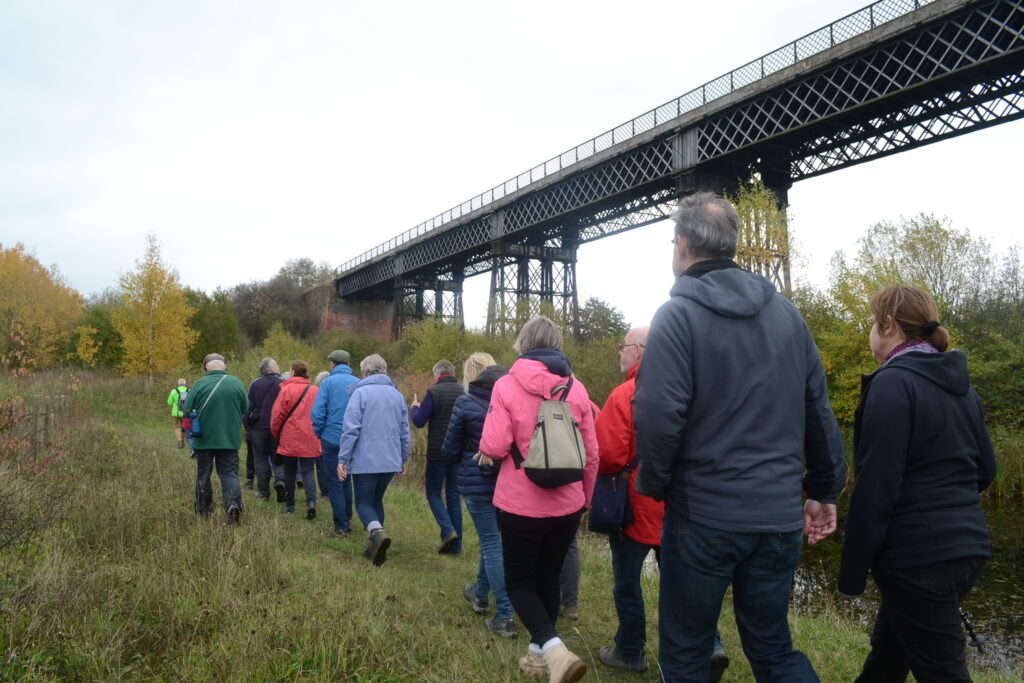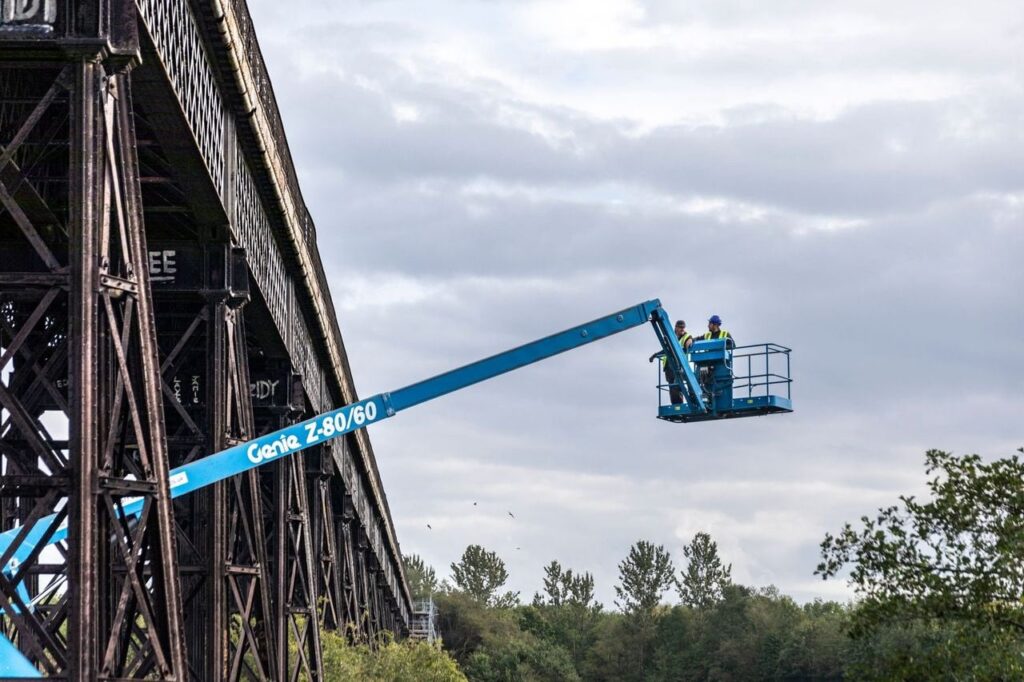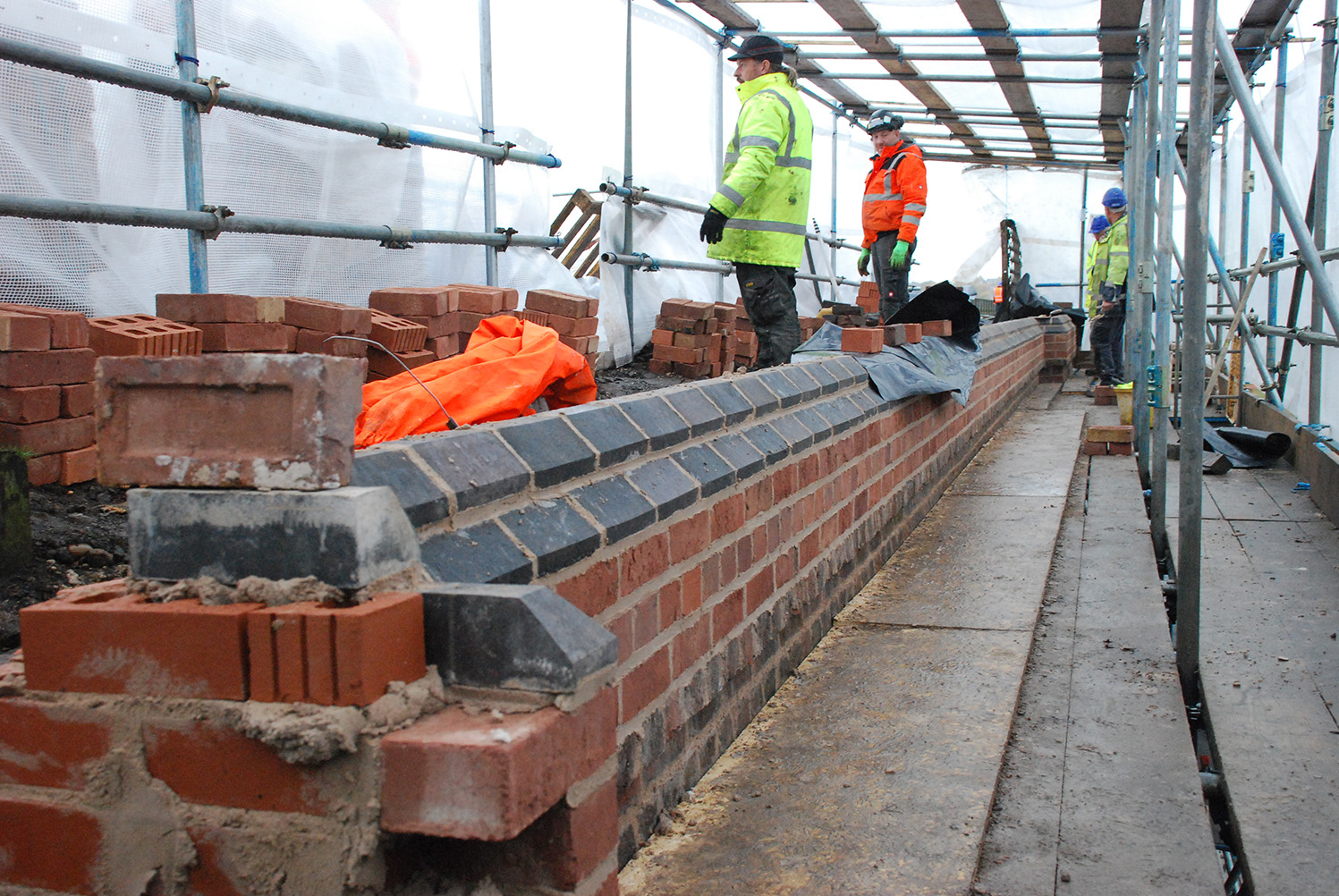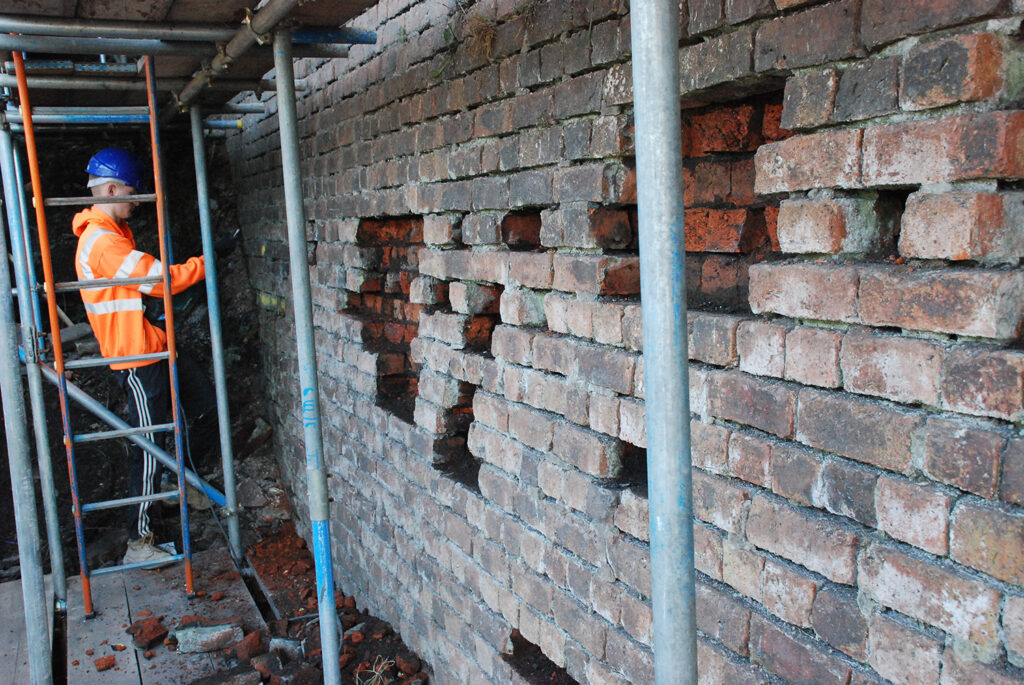● Bennerley Viaduct is among 162 organisations receiving lifeline grant from the £1.57 billion Culture Recovery Fund
● More help for heritage in need with £14 million investment in England’s historic sites
● Culture across the country benefits as 70 per cent of latest Culture Recovery funding awarded outside London
Lifeline grants from the latest round of the £1.57 billion Culture Recovery Fund will protect a further 162 heritage sites to ensure that jobs and access to arts, culture and heritage in local communities are protected in the months ahead, the Culture Secretary announced today.
Historic sites including Bennerley Viaduct will receive help to meet ongoing costs and support to restart activity when it is possible to do so safely.
More than £9 million has been allocated by the National Lottery Heritage Fund and Historic England on behalf of the Department for Digital, Culture, Media and Sport, which builds on £103 million awarded to more significant historic places last month. Grants between £10,000 and £1 million have been awarded to stabilise 77 organisations.
In addition, £5 million will go to construction and maintenance projects that have been paused due to the pandemic.
Historic England has allocated £3,971,513 in awards from the Heritage Stimulus Fund, part of a £120 million capital investment from the Culture Recovery Fund, to restart construction and maintenance projects facing delays or increased costs as a result of the pandemic and save specialist livelihoods in the sector.
The project to restore Bennerley Viaduct will receive £165,000 for essential repairs to the viaduct’s parapet walls and eastern abutment.
Culture Secretary, Oliver Dowden, said: “These grants will help the places that have shaped our skylines for hundreds of years and that continue to define culture in our towns and cities. From St Paul’s and Ronnie Scott’s to The Lowry and Durham Cathedral, we’re protecting heritage and culture in every corner of the country to save jobs and ensure it can bounce back strongly.”
David Pemberton, Director of Railway Paths, said: “As owners and custodians of the Grade II* listed Bennerley Viaduct, Railway Paths is enormously grateful to Historic England for the additional funding. This funding is crucial in allowing the continuation of essential repairs during the pandemic and enabling their completion. COVID-19 has affected the responsiveness of many organizations, but not Historic England, who acted with speed and efficiency, allowing the works to proceed smoothly during this difficult time.”
Jeff Wynch, Chair of the Friends of Bennerley Viaduct said:
“We are extremely grateful to Historic England and the Culture Recovery Fund for the additional funding to cover the costs of restoring Bennerley Viaduct. After over fifty years of closure, Bennerley Viaduct is now destined to be re-opened as a major heritage asset which will be enjoyed by local people and visitors alike. Completing this work during a pandemic will be a towering achievement enabling current and future generations to enjoy our rich cultural heritage.”

Bennerley Viaduct is a 430 metre long wrought iron viaduct on the Nottinghamshire-Derbyshire border built in 1877 to carry the Great Northern Railway line over the Erewash Valley. It is an outstanding example of the railway architecture of its time, survives in an almost unaltered state and is one of only two wrought iron viaducts left in the country. The Friends of Bennerley Viaduct are working in partnership with Railway Paths and other bodies to bring this magnificent structure back into public use as an outstanding heritage attraction.
Recent years have seen increased activity towards repairing, restoring and reopening Bennerley viaduct. As of November 2020 the future of the viaduct looks positive. A significant amount of funding has been raised towards the cost of repairs and access works to enable the viaduct to be opened for public access in 2021.

74 organisations are also receiving grants of up to £25,000 from the Covid-19 Emergency Heritage at Risk Response Fund, launched by Historic England and almost quadrupled thanks to the Culture Recovery Fund, to cover maintenance and repairs urgently needed on historic buildings and sites up and down the country.
Duncan Wilson, Historic England Chief Executive said: “Historic places across the country, from Durham Cathedral embodying more than a thousand years of history to the Crystal Palace dinosaurs, much loved by children and grownups alike, are being supported by the Government’s latest round of grants awarded under the Culture Recovery Fund. This funding is a lifeline which is kickstarting essential repairs and maintenance at many of our most precious historic sites, so they can begin to recover from the damaging effects of Covid-19. It is also providing employment for skilled craft workers who help to keep historic places alive and the wheels of the heritage sector turning. Our shared heritage is an anchor for us all in these challenging times and this funding will help to ensure it remains part of our collective future.”
Ros Kerslake, Chief Executive of the National Lottery Heritage Fund said: “The Government’s £1.57bn package for culture is unprecedented and it’s important to acknowledge how valuable this has been for our heritage organisations and visitor attractions. Although we are not able to support everyone facing difficulties, today’s funding package helps a diverse range of heritage organisations from across the country survive, adapt and plan for a brighter future through the Culture Recovery Fund for Heritage.
“By the end of this financial year we will have distributed almost £600m of Government and National Lottery Funding to heritage organisations. Investing in heritage remains vitally important, creating jobs and economic prosperity, driving tourism, supporting our wellbeing and making our towns, cities, and rural areas better places to live. There is a lot more work to do to address the ongoing challenges, but this funding has provided a future for much of our heritage and the organisations that care for it, when it might otherwise have been permanently lost.”
All four nations are benefiting from the UK Government’s £1.57 billion Culture Recovery Fund, with £188 million barnetted to the Devolved Administrations to run their own process – £97 million for Scotland, £59 million for Wales and £33 million for Northern Ireland. This funding will enable them to increase the support already available to the arts and cultural sectors in each nation. Over £18 million in funding will go to 8 arts and cultural organisations around the country in the second round of grants between £1 million and £3 million awarded by Arts Council England on behalf of the Department for Digital, Culture, Media and Sport, it has also been announced today. This funding builds on £75 million in grants over £1 million for iconic venues like Shakespeare’s Globe and the Sheffield Crucible last month.


